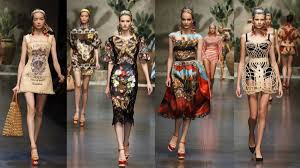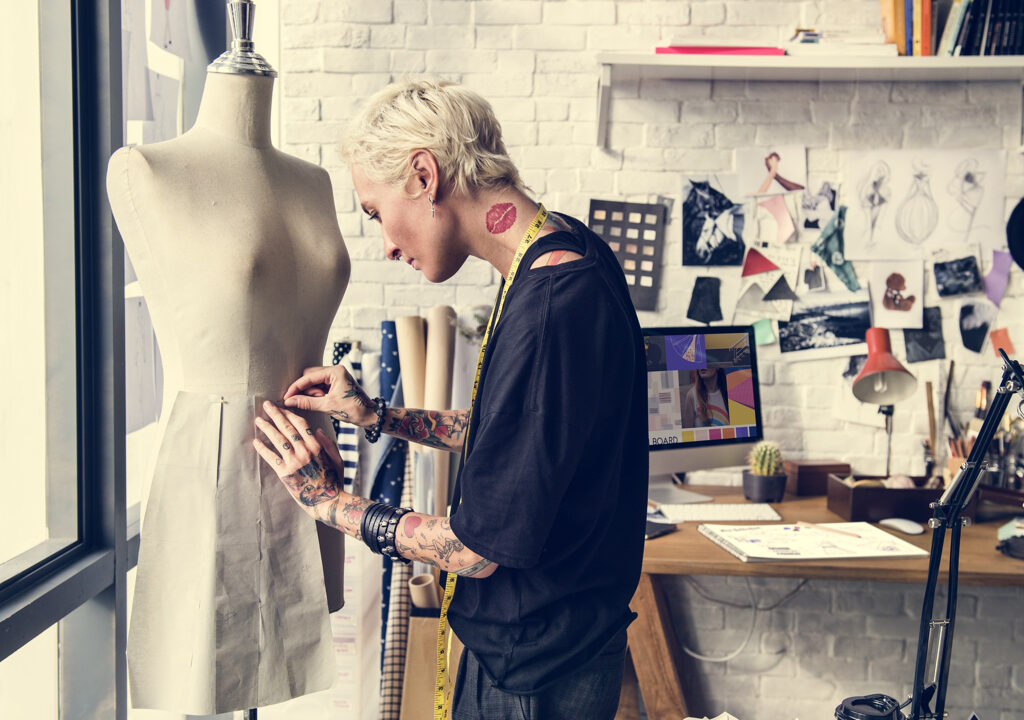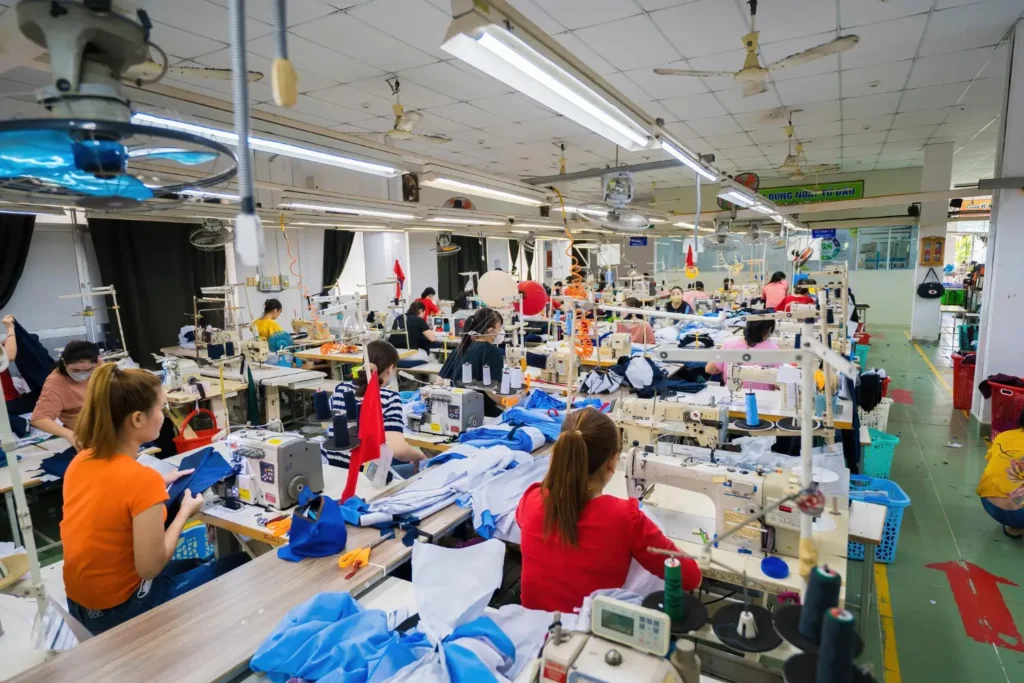Fashion trends are an ever-evolving reflection of culture, society, and the times. They emerge and evolve through various factors, from social influences to technological advances. Understanding how these trends come into being and adapt over time can help us appreciate the dynamic nature of fashion. Here’s a step-by-step breakdown of how fashion trends emerge and evolve:
Cultural and Societal Influences Spark Fashion Trends

Fashion trends often begin with cultural or societal shifts that reflect the changing values, attitudes, and behaviors of a society. These changes can stem from social movements, political events, technological innovations, or shifts in the collective consciousness. For example, the feminist movement in the 1960s led to women embracing more comfortable and practical clothing, such as pantsuits, which was a departure from the traditional dresses and skirts. Similarly, style in the 1980s embraced bold colors and oversized silhouettes, influenced by the rise of pop culture icons like Madonna and the evolving digital world.
In modern times, digital platforms like Instagram, TikTok, and YouTube also play a major role in shaping societal attitudes towards fashion. Celebrities, influencers, and everyday people alike can spark a trend with just one post, influencing millions of followers to adopt a particular look or style.
Designers and Fashion Houses Lead the Way

Once a cultural or societal shift occurs, style designers and houses become key players in transforming those ideas into tangible trends. High style designers, such as those in Paris, Milan, and New York, are often the first to introduce new concepts and ideas on the runway. These shows are where emerging styles are born, often blending art, culture, and innovation to create fresh, bold looks.
Fashion houses take cues from the social zeitgeist, but they are also influenced by their creative visions and global inspirations. A designer’s interpretation of a cultural shift may differ, resulting in variations of a trend. For example, the minimalism of the 1990s, epitomized by designers like Calvin Klein and Jil Sander, was a reaction to the over-the-top fashion of the 1980s, showing how trends evolve as designers interpret societal change.
The Media and Influencers Amplify Trends

After a trend is introduced on the runway, the media plays a critical role in amplifying and spreading it to the masses. They magazines, television shows, blogs, and now social media platforms, are essential in determining how widely a trend will spread. Fashion editors, photographers, and bloggers use these platforms to showcase the latest styles, influencing what is deemed “in” or “out.”
In recent years, the role of influencers has grown significantly. Platforms like Instagram and TikTok have become major trend incubators. Social media influencers and fashion bloggers often have millions of followers who look to them for inspiration. When a well-known figure wears a certain style or promotes a specific brand, it can cause a rapid increase in demand, making the trend go viral. This interaction between designers, the media, and influencers ensures that style trends grow and evolve quickly.
Consumer Adoption and Mass Production

As trends gain momentum, consumers play a crucial role in determining whether these styles will continue to evolve or fade. Once a trend is recognized and embraced by the masses, retailers and fast fashion brands jump on board, producing mass quantities of clothing that reflect those trends. This process makes fashion trends accessible to a broader audience, which helps to perpetuate their popularity.
Fast fashion brands like Zara, H&M, and Forever 21 thrive by replicating runway looks quickly and affordably, making high style trends available to people of all income levels. However, the mass production of these trends also results in their rapid cycle, with trends sometimes fading just as quickly as they emerged. This high-speed turnover leads to a constant evolution in the fashion landscape, with new trends emerging almost every season.
Reinvention and Recycling of Trends

Over time, style trends evolve as new generations reinterpret them. Often, trends from past decades are recycled and reimagined for a modern audience. This cyclical nature of style means that what was once “out” can suddenly become “in” again. For example, in recent years, the 1990s and early 2000s have seen a major revival, with trends like platform shoes, crop tops, and oversized jackets making a comeback.
This reinvention is often a response to the nostalgia of older generations, or a desire to add a new twist to past trends. Designers and consumers alike are drawn to the idea of taking something familiar and giving it a fresh perspective, which contributes to the continuous evolution of style trends over time.
















